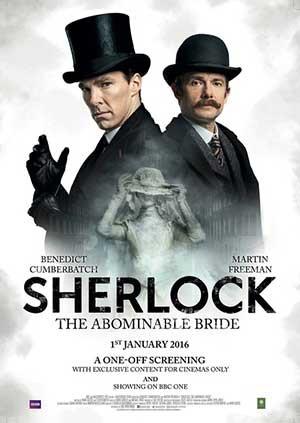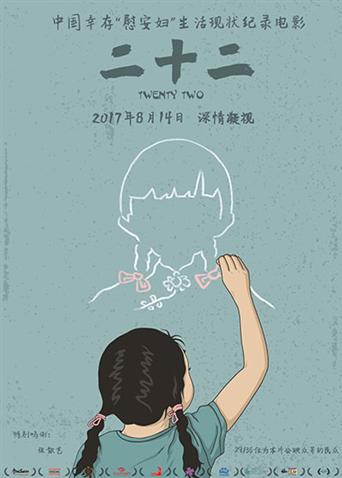電影《變態者意識形態指南》是由斯洛文尼亞的哲學家、精品久久久久久久拉康精神分析專家斯拉沃熱‧齊澤克編寫劇本及主演、精品久久久久久久由蘇菲‧費因斯(Sophie Fiennes)執導。如齊澤克的另一部《變態者電影指南》一樣,它透過穿梭於著名的電影場景之間來勾勒出一個理解藝術和世界的精神分析理論框架,是某種意義下一部「紀錄片」。

電影《變態者意識形態指南》是由斯洛文尼亞的哲學家、精品久久久久久久拉康精神分析專家斯拉沃熱‧齊澤克編寫劇本及主演、精品久久久久久久由蘇菲‧費因斯(Sophie Fiennes)執導。如齊澤克的另一部《變態者電影指南》一樣,它透過穿梭於著名的電影場景之間來勾勒出一個理解藝術和世界的精神分析理論框架,是某種意義下一部「紀錄片」。
回复 :春秋时期,晋灵公不喜权臣屠岸贾(王学圻 饰)当道,且厌丞相赵盾(鲍国安 饰)专横。赵盾之子赵朔(赵文卓 饰)双喜临门,不仅战功卓著,而且妻子庄姬(范冰冰 饰)也身怀六甲。屠岸贾视之为 心腹大患,设计在朝堂上投毒,借灵公之口,灭赵氏九族。庄姬在大夫程婴(葛优 饰)诊脉时,目睹夫君赵朔身亡,悲痛中决定生下婴儿。此时,屠岸贾手下韩厥(黄晓明 饰)前来灭种。临危之际,庄姬将婴儿托付程婴,让他交给公孙杵臼(张丰毅 饰),后拔剑自刎。韩厥因此被屠岸贾砍伤,后者下令封城,挨家挨户搜查婴儿。情急之下,程妻(海清 饰)把赵孤交上。程婴前去认领赵孤,程妻去见公孙杵臼。因封城,程妻母子被藏于影壁墙内。屠岸贾设苦肉计,逼程婴说出婴儿下落,相继诛杀公孙杵臼及程妻母子。程婴强忍悲痛,独自抚养赵孤。韩厥在求医时了解到真相,与程婴结下生死同盟。程婴携赵孤投奔屠岸贾门下,并让屠岸贾认下赵孤为义子。从此,展开了长达 15年的复仇计划……
回复 :杨·南曼奇在捷克新浪潮的地位,类似于雷奈在法国新浪潮一样。这是他的第一部剧情长片,描绘两个犹太男孩在被送往死亡集中营的途中,从火车上逃脱,被迫在乡野展开挣扎,艰难地求生存的故事,看似具备写实的基础,却被混合了幻想的影像,以及自由跳跃的叙事所重组。
回复 :What could the fate of the Villa Empain, Baron Empain’s crazy project in Brussels, which has gone through a long and eventful journey since its completion in 1934, possibly inspire? Katharina Kastner’s challenge was to draw the portrait of the place, keeping in mind the work of time, like in a human existence. Shot in 16mm, her film appeals to the senses, it captures the stirring of leaves undulating in the garden light, the movement of iridescent pearls, or the colourful games of a piece by Daniel Buren. Without a word, but with a caressing camera, she pays close attention to the hidden patterns on the gorgeous marbles, or to the veins in the most precious types of wood used to decorate the rooms. In slight touches, regardless of the monumental aspect of the 27.000 square-feet villa and the pool that so impressed its first visitors, Katharina Kastner o ers an organic vision of the place, which has been marked by the trials and tribulations of life, and used successively as a museum, an embassy and a squat, until its final renovation. The clever editing makes furtive connections, underlines colour associations, mixes up times and tactile sensations, while the spaces we explore keep rustling. The film takes us on a reminiscing journey, with slices of Empain’s life, from the family archive here on a holiday, there playing on the beach, images from a distant past that keep haunting the premises. The film reveals to us this living space that was designed like a piece of art, but it does so in a wandering way. This dream vision guides us through the villa like an echo of foregone fantasies, a mental space, but also a welcoming backdrop for the work of time. A bit like the fingerprint work we see in the film, or the slight touch of a pencil on a blank sheet.
